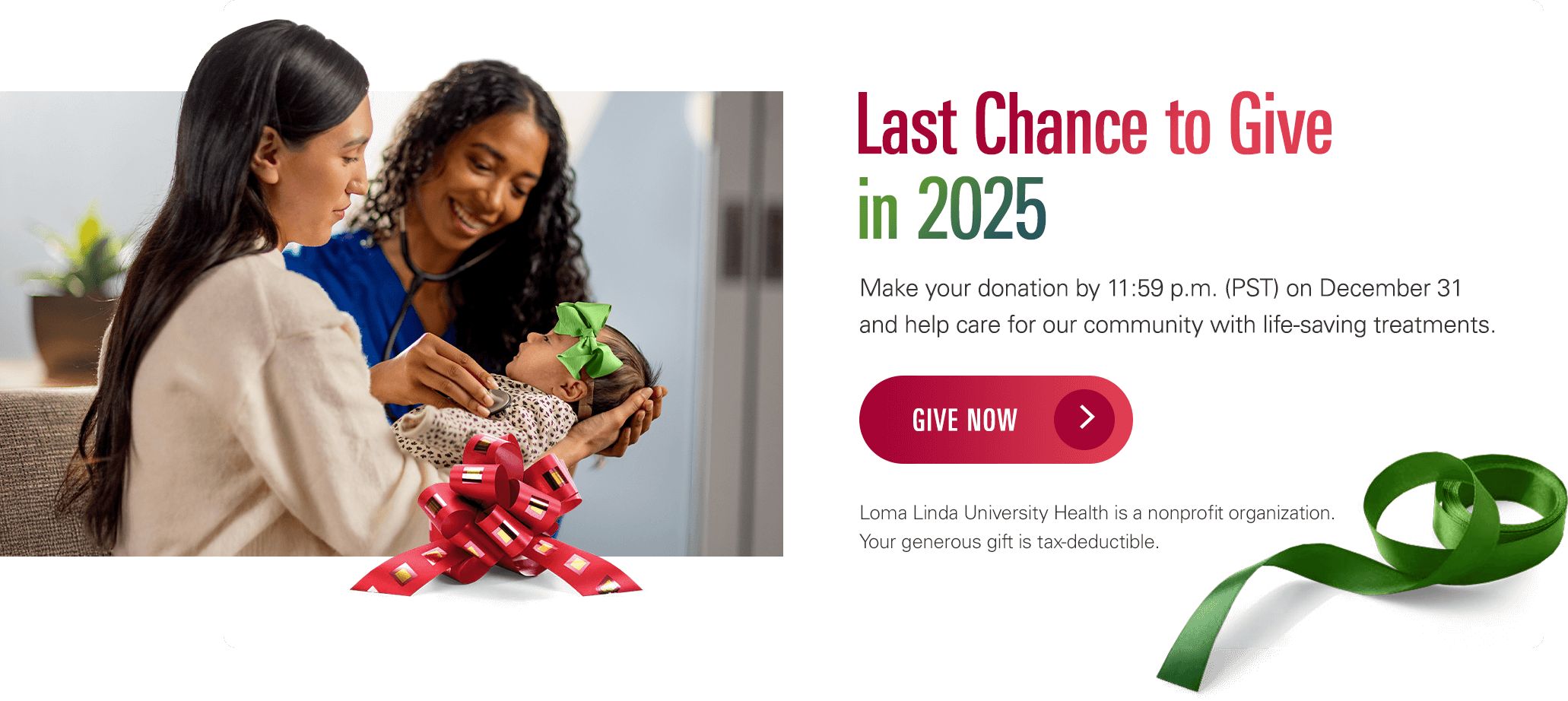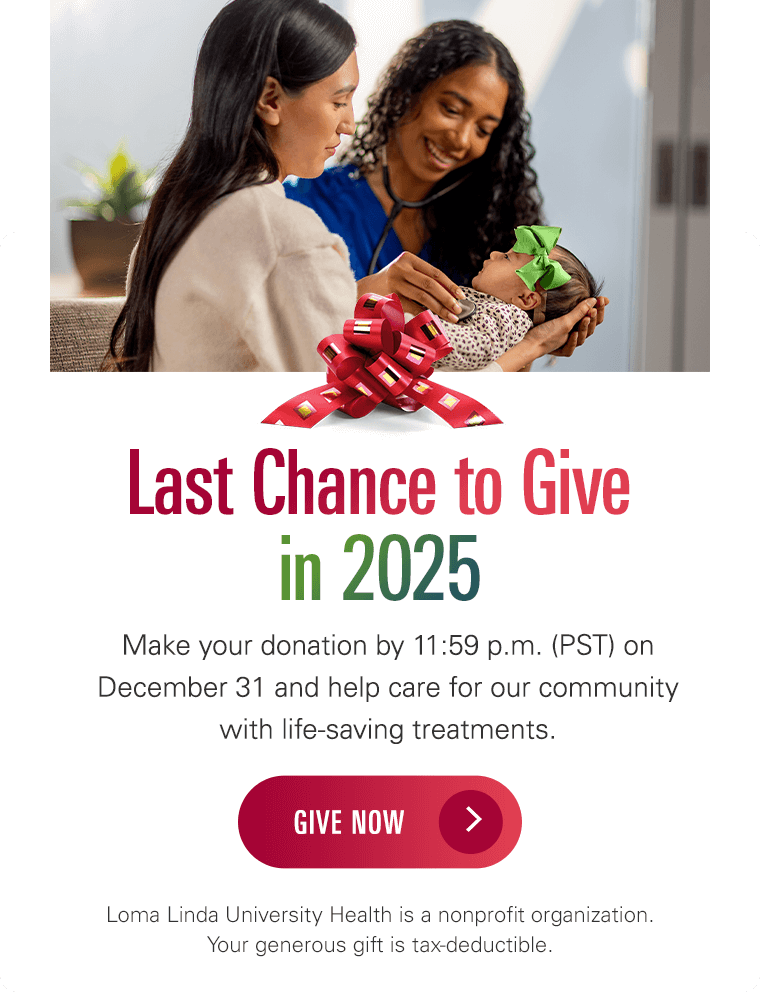Scarlet Fever in Children
What is scarlet fever in children?
Scarlet fever is an infectious disease that causes a rash. It’s also known as scarlatina. It's caused by the same kind of bacteria that causes strep throat. It may also be caused by the strep bacteria in infected wounds or burns. The rash is made up of tiny red bumps that feel like sandpaper.
What causes scarlet fever in a child?
Scarlet fever is caused by bacteria called group A beta-hemolytic streptococcus (GABHS). These bacteria release a poison (toxin) that travels through your child's bloodstream and causes a rash.
The strep A bacteria live in the nose and throat. When someone who has the disease coughs or sneezes, the bacteria are spread onto surfaces. A child can get sick by touching one of these surfaces and then touching their nose, mouth, or eyes. A child can also get it by sharing cups or eating utensils with someone who is sick. Contact with open sores from group A strep skin infections can also spread the disease.
Which children are at risk for scarlet fever?
Scarlet fever most commonly occurs in children between 5 and 12 years old. A child is more at risk for scarlet fever if they are around a person who is infected with GABHS bacteria.
What are the symptoms of scarlet fever in a child?
Symptoms can occur a bit differently in each child. They can start with:
- Fever
- Sore throat
- Chills
- Headache
- Vomiting
- Stomach pain
- Coated white tongue
- Strawberry-like color of the tongue
The rash starts about 1 to 2 days after the first symptoms. The red, sandpaper-like rash appears on the neck, forehead, cheeks, and chest. It may then spread to the arms and back. The rash usually starts to fade after 2 to 7 days. The skin in the areas of the rash may peel after the infection is over, especially on the hands, feet, and genitals.
The symptoms of scarlet fever can be like other health conditions. Make sure your child sees a healthcare provider for a diagnosis.
How is scarlet fever diagnosed in a child?
The healthcare provider will ask about your child’s symptoms, your child's past health, and your family’s health history. Your child will also need a physical exam. The exam will include looking at the rash. The rash of scarlet fever is different from other rashes.
Your child may also have a quick test called a rapid strep test. This is a throat swab and is done to confirm strep throat as the source of the scarlet fever. This may test positive for GABHS right away. If the test is negative, but your child's healthcare provider still suspects scarlet fever, your child may have a throat culture.
A throat culture takes more time than a rapid test, but sometimes find infections that the rapid test missed. A throat swab may be sent to a lab for a culture. The lab will let the bacteria grow and see if there is any GABHS in the sample. If your child has other places on their body that might be the source of the infection, these areas may also be tested for bacterial culture.
How is scarlet fever treated in a child?
Treatment will depend on your child’s symptoms, age, and general health. It will also depend on how severe the condition is.
Treatment for scarlet fever is the same as for strep throat. Your child's healthcare provider will prescribe an antibiotic medicine. Make sure your child finishes all of the medicine, even after feeling better.
Other treatments may include:
- Having your child gargle with warm saline (saltwater) to ease the sore throat
- Making sure your child drinks plenty of fluids
- Giving acetaminophen or ibuprofen for fever or throat pain. Never give aspirin to a child or teen. It could cause a rare but serious condition called Reye syndrome.
Don't send your child back to school or daycare until your child has been on antibiotics for at least 24 hours. Tell other parents of children who may have been exposed.
Talk with your child’s healthcare providers about the risks, benefits, and possible side effects of all medicines.
What are possible complications of scarlet fever in a child?
If not treated, scarlet fever can lead to several serious conditions of the heart, kidneys, and liver. When the heart or joints are involved, the condition is often called rheumatic fever.
How can I help prevent scarlet fever in my child?
There is no vaccine to prevent strep throat or scarlet fever. Children who have strep throat or scarlet fever should not go to school or to daycare for at least 24 hours after starting antibiotics.
The best way to prevent scarlet fever is to wash your hands often. Don’t share eating utensils, linens, towels, or other personal items. Anyone who has a sore throat should wash their hands often. To wash your hands well:
- Hold them under clean running water. Turn off the water and rub soap all over your hands.
- Rub your soapy hands together for at least 20 seconds. Be sure to scrub under your nails, between your fingers, and up your arm.
- Rinse well under clean running water.
- Dry using a clean towel or air dry.
If soap and water are not available, use an alcohol-based cleanser with at least 60% alcohol.
When should I call my child’s healthcare provider?
Call the healthcare provider if your child has:
- Symptoms that don’t get better, or get worse
- New symptoms
Key points about scarlet fever in children
- Scarlet fever is an infectious disease that causes a rash. It is caused by the same kind of bacteria that causes strep throat.
- The illness starts with symptoms, such as fever and sore throat.
- The rash starts about 1 to 2 days after symptoms. The red, sandpaper-like rash appears on the neck, forehead, cheeks, and chest. It may then spread to the arms and back. The rash usually starts to fade after 2 to 7 days.
- If not treated, scarlet fever can lead to several serious conditions of the heart, kidneys, and liver. When the bacteria affect the heart or joints, it is often called rheumatic fever.
- There is no vaccine to prevent strep throat or scarlet fever. The best way to prevent scarlet fever is to wash your hands often. Don’t share eating utensils, linens, towels, or other personal items.
Next steps
Tips to help you get the most from a visit to your child’s healthcare provider:
- Know the reason for the visit and what you want to happen.
- Before your visit, write down questions you want answered.
- At the visit, write down the name of a new diagnosis, and any new medicines, treatments, or tests. Also write down any new instructions your provider gives you for your child.
- Know why a new medicine or treatment is prescribed and how it will help your child. Also know what the side effects are.
- Ask if your child’s condition can be treated in other ways.
- Know why a test or procedure is recommended and what the results could mean.
- Know what to expect if your child does not take the medicine or have the test or procedure.
- If your child has a follow-up appointment, write down the date, time, and purpose for that visit.
- Know how you can contact your child’s healthcare provider after office hours, and on weekends and holidays. This is important if your child becomes ill and you have questions or need advice.









